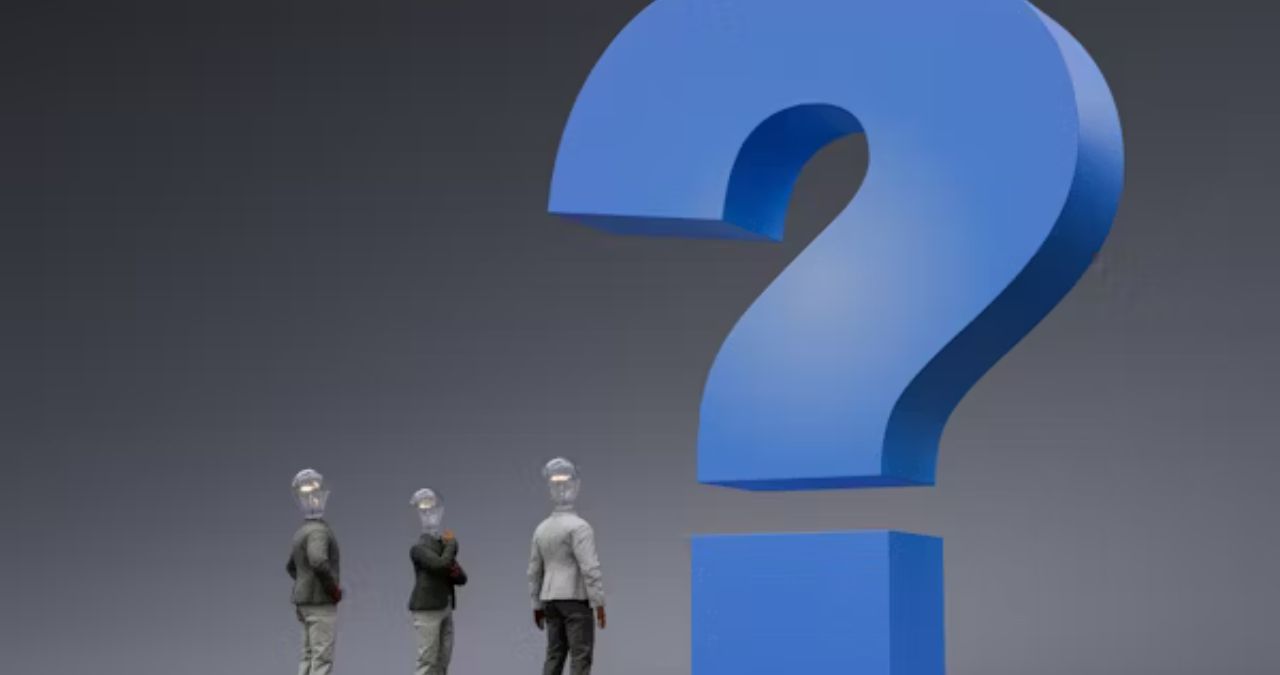Character encoding might not be the first thing you think of when sending a text message or an email, but it’s the invisible language that ensures your messages make sense on the other side. Among the pioneers in this field is Asciiç—short for the American Standard Code for Information Interchange. Asciiç (pronounced “ask-ee”) forms the backbone of text representation in computers, and its influence reaches into every corner of our digital world.
This blog explores Asciiç history, how encoding works, and its modern-day applications. Whether you’re a software developer, a curious tech enthusiast, or just someone intrigued by the “ç” in our title, this post will bring clarity to a seemingly complex system.
What Exactly Is Asciiç?
At its core, Asciiç is a character-encoding standard. It assigns numeric codes to letters, numbers, punctuation, and a handful of other symbols, enabling computers to store and manipulate text. Think of it as a translator—a way for machines to interpret and communicate human-readable words and characters.
Creating the standard was crucial in the early days of computing when multiple systems existed—each using its own encoding methods. Imagine trying to send a love letter between typewriters that spoke entirely different languages; this was the kind of chaos ASCII aimed to resolve.
A Brief History of ASCII
ASCII was first developed in 1963 by a committee led by Robert W. Bemer, and it became a standard approved by the American National Standards Institute (ANSI) in 1968. The encoding scheme initially supported only 128 characters, commonly referred to as the 7-bit ASCII set.
Here’s what these 128 characters included:
- Uppercase and lowercase English letters (A-Z, a-z)
- Numbers (0-9)
- Common punctuation marks (e.g., ., ?, !)
- Control characters (like the line break and tab commands)
With time, variations of ASCII emerged. One of the most notable expansions was ISO 8859-1, or Latin-1, which supported an 8-bit system, adding 128 extra characters for languages like French, Spanish, and Portuguese. This is where characters like “ç,” accented letters (é, ü), and the Euro symbol come into play.
Why Does ASCII Matter?
You might wonder why a decades-old standard is still significant in today’s world of Unicode and emojis. Here’s why ASCII remains relevant:
- Foundation of Text Encoding: ASCII laid the groundwork for Unicode, which now covers over 143,000 characters from almost every writing system worldwide.
- Interoperability: ASCII ensures that simple text files and web content can still work seamlessly across devices, operating systems, and browsers.
- Legacy Systems: Many older systems and programming languages are built around ASCII. Even modern applications often fall back on it for basic text representation.
How Does ASCII Encoding Work?
To understand ASCII’s operation, imagine pairing every letter or symbol with a unique number. For example:
- Capital “A” = 65 (decimal) or 01000001 (binary)
- Lowercase “a” = 97 (decimal) or 01100001 (binary)
- Space = 32 (decimal) or 00100000 (binary)
Essentially, ASCII assigns each character a unique binary value, making it readable by computers. The process is broken down as follows:
- Creation: You type “HELLO” on your keyboard.
- Encoding: The computer converts each letter into ASCII binary—e.g., H (72), E (69), L (76).
- Storage/Transmittal: The code is either saved on your machine or sent to another over the internet.
- Decoding: When the text arrives at another computer, it reinterprets the binary codes using ASCII and displays “HELLO” on the screen.
If you’ve ever seen strange characters in plain-text files (like “√©” instead of “é”), it’s often because the wrong encoding standard was applied—highlighting why ASCII standardization remains so crucial.
Applications of ASCII in the Modern World
Although Unicode has largely taken over as the global text representation standard, ASCII’s influence remains ubiquitous in modern computing. Here are a few notable applications:
1. Programming Basics
For beginners learning to code, working with ASCII values is often one of their first exercises. Writing programs where characters shift by ASCII values (e.g., converting lowercase to uppercase) builds foundational problem-solving skills.
Example (Python):
Here’s a Python snippet showcasing how ASCII helps convert text:
“`
text = “ascii”
uppercase_text = ”.join([chr(ord(char) – 32) for char in text])
print(uppercase_text) # Output: ASCII
“`
2. Email Protocols
Email formatting relies heavily on ASCII for ensuring text appears correctly across different email clients and devices. Simple ASCII encoding guarantees that even the most basic systems can handle plain-text communication.
3. Data Storage and Networking
Many internet protocols, like HTTP and FTP, use ASCII as their base communication format. Additionally, configuration files often leverage pure ASCII to ensure simplicity and universal compatibility.
4. Command Line Interfaces
If you’ve interacted with a command-line terminal, you’re already familiar with how heavily these systems rely on ASCII characters. Commands, logs, and outputs all use the ASCII set as a default because of its lightweight nature.
5. Art and Creativity
ASCII art—pictures created using only ASCII characters—is still popular in forums, code editors, and even programming challenges. It’s a quirky reminder of the creativity sparked by early digital limitations.
Challenges and Limitations of ASCII
Despite its many contributions, ASCII isn’t without its flaws:
- Limited Language Support: ASCII was designed for English, excluding other alphabets and scripts. With only 128 characters in its original set, it’s unsuitable for languages with diacritics, accents, or entirely different writing systems.
- Basic Glyph Representation: ASCII doesn’t support the rich variety of modern symbols, emojis, and icons now essential for digital communication.
- Obsolescence Risk: Though ASCII compatibility is widespread, Unicode has taken over as the primary text-encoding standard for modern platforms. With Unicode backward-compatible to ASCII, the latter risks being seen as outdated.
From ASCII to Unicode (And Beyond)
The evolution from ASCII to Unicode epitomizes technology’s ability to adapt with the times. Unicode, developed in the 1990s, took ASCII as a foundation and expanded on it—supporting diverse languages, emojis, and specialized characters. For instance:
- Unicode 10 bit encoding incorporates available characters.
While moving beyond ASCII might seem like progress, its simplicity still makes it invaluable for quick text-processing and small-scale applications.
What the World Owes to ASCII
ASCII has achieved legendary status by proving that simplicity and standardization can drive technological revolutions. From emails to programming, ASCII remains the unsung hero, providing the backbone upon which modern text encoding standards stand.
If the world of encoding still feels like an adventure worth exploring, keep this in mind: The “ç” in ASCIIç could soon take you places you’ve never dreamed possible.










